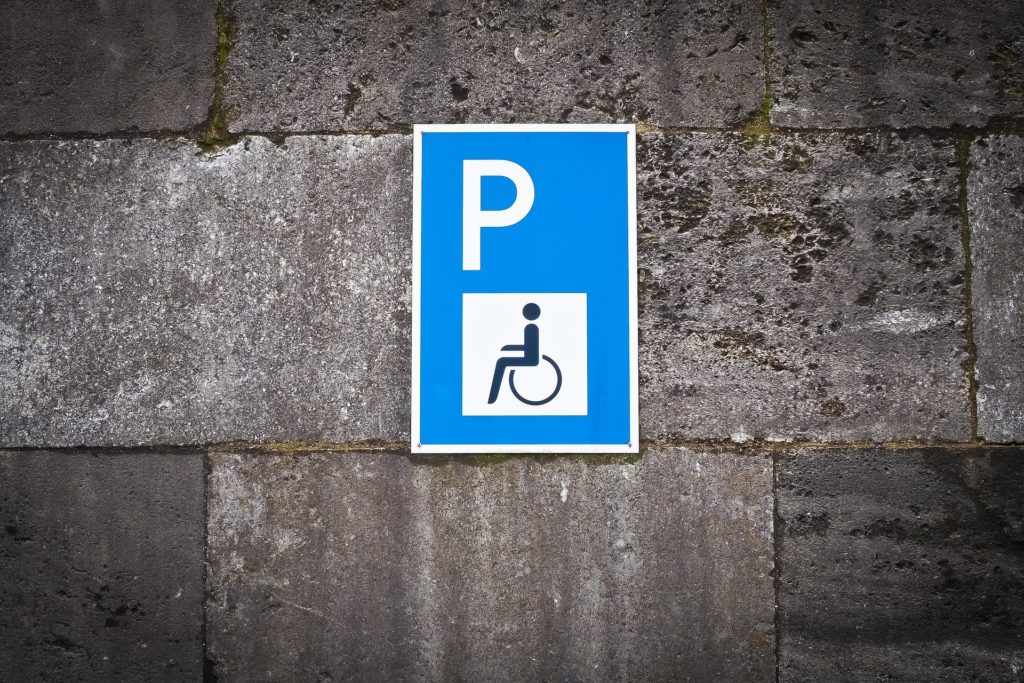Driving After Paralysis: Is It Possible?

There are many misconceptions about people with mobility issues and paralysis. There is a stereotype that those who are paralyzed are completely incapable and unable to live happy and fruitful lives. This could not be further from the truth. For the most part, those who are paralyzed are active and happy, living to the best of their ability. They have jobs, families, homes, and even cars that they’re driving after paralysis. How is this possible?
The key to success in this area is realizing that you cannot live the exact same way as everyone else. It is empowering to live your life on your own terms and for those who are paralyzed, that means making certain adjustments and accommodations to your life in order to live it to the best of your ability. There is no shame in doing this. In fact, it will mean that you can take pride in your identity as someone who is paralyzed and who doesn’t let your disability stand in the way of doing whatever you want.
Paralysis can easily be defined as a loss of muscle function. This means that movement can be restricted in a variety of ways. It can be as minor as being unable to move a single finger or as serious as only being able to blink your eyes. Paralysis can be temporary or permanent, but for those with permanent paralysis, there are changes that can be made to your car that will mean that you’re able to continue driving after paralysis.

The adjustments made to your car will entirely depend on the type of paralysis that you have. The first thing that you need to do is to be evaluated for fitness for driving. This must be done by someone licensed and you can find out more by contacting the Association for Driver Rehabilitation Specialists (ADED). They can advise you on the changes you will need to make to your vehicle if you wish to continue driving after paralysis, and will give you advice on the best way to manage your disability alongside driving. They can also advise on getting a disabled parking permit.
You won’t believe the number of changes that can be made to your vehicle. Joysticks can be installed for easier driving, pedals can be moved around in the case of paralysis of the legs and feet, and steering can be adjusted if your hands or fingers have mobility issues. You can also have your driver’s seat changed and have automatic doors installed – and this is only the tip of the iceberg.
You may also have to change your vehicle entirely to make it suitable for driving after paralysis. Sadly, your sexy sports car isn’t the most practical thing if you need adjustments made or if you need to be able to fit a wheelchair in the trunk. Practicality is key when picking your new vehicle. The ADED will also be able to advise on models that would be suitable for you. There are also grants available, both from local authorities and charities, that can assist you either in making adjustments to your vehicle or in buying a new one. This can be a costly process, so it’s best to make sure you’re getting all the help that you can. Ensure that the person carrying out the adaptations is certified and always get a quote ahead of time so that you can budget accordingly. Any legitimate business will have no problem in providing this to you.

Image by MichaelGaida on Pixabay: Knowing how to report someone for illegally parking in a disabled parking spot can help to ensure parks are always available for those who need them.
As well as getting your car modified, you need to get the concessions that come with being a disabled driver. Use of a handicap parking space requires a disabled parking permit, which can be obtained from your local DMV. The acceptance criteria vary from state to state but paralysis or limited mobility is usually covered. Being able to access a handicap parking space through your disabled parking permit will make a huge difference, as you will limit the amount of distance you’ll have to travel to access shopping, leisure activities, and public services. A disabled parking permit usually has an expiry date, so you may have to renew it on a periodic basis.
There will be people who won’t be able to continue driving after paralysis due to the severity of their disability, but don’t let this get you down. You can access certain benefits, including a handicap parking space, by being a disabled passenger, even if you are being driven by an able-bodied driver. As long as you are in the car, your able-bodied driver will be able to use a handicap parking space, so you’ll be able to get the benefit, even if you’re not driving.
If you become paralyzed, your life is far from over. An open mind is powerful in aiding you to live your best life possible. Alongside help and education, you’ll be back to your former self in no time, albeit with a few changes to help you along the way. Nothing is going to stop you now!